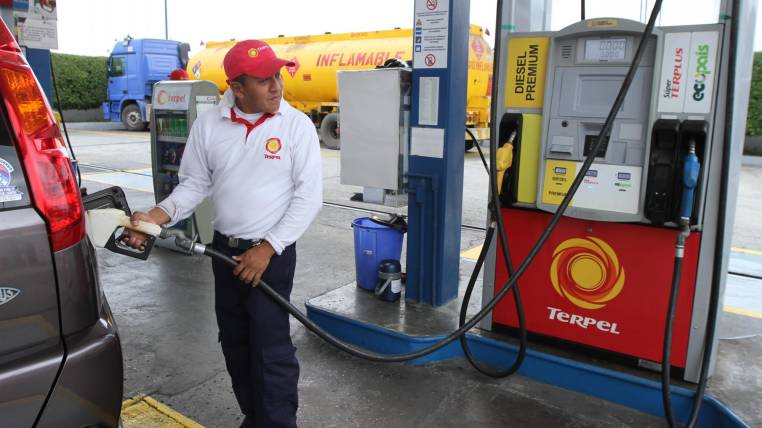Six days after the dialogue tables between the Government and the indigenous movements are closed, there are no agreements for the targeting of fuel subsidies.
Expenditure on fuel subsidies will close the year at $4.0 billion, according to the manager of the Central Bank of Ecuador, Guillermo Avellán.
Which compared to 2021, would mean an increase of almost 100%.
At the beginning of 2022, the Ministry of Finance forecast spending on fuel subsidies of $2.988 billion.
But that calculation had to be readjusted due to the increase in international oil prices.
Another factor that influenced the increase in state spending on subsidies is the government’s decision to lower the price of diesel and lower octane gasoline from June 2022.
Following this measure, the retail price of a gallon of diesel was reduced from $1.90 to $1.75.
While the price of Ecopaís and Extra gasoline fell from $2.55 to $2.40.
Stalled Dialogues
As the end of the roundtable talks at which representatives of the Government and three indigenous organizations have sat down approaches, there are still no agreements on the mechanisms for targeting fuel subsidies.
October 12th marks the 90-day deadline to conclude the talks that began after the June strike.
The positions between the two parties are for targeting fuel subsidies are far apart.
Iza points to shrimp and tuna fishery
The president of the Confederation of Indigenous Nationalities of Ecuador (Conaie), Leonidas Iza, told the media that he was dissatisfied with the results of the table and with those of the price control table.
“There is no way out yet,” he said on October 6th. And he added that the Government does not give in on one point: that the large productive sectors, such as shrimp and tuna fishermen, pay the price of fuel without subsidy.
The Conaie leader also said that he was disappointed that the government does not want to give way to price controls on various products.
“The proposal of the indigenous movement is that the National Government exercises price control. But the government has pointed out that price control affects productive initiatives,” said Iza.
More spending
The decision of the Organization of Petroleum Producing Countries and its allies (OPEC+) to cut its production by two million barrels per day continues to push up the international price of oil and fuel.
The price of WTI-type oil closed at $93.20 per barrel on October 7. It is the highest so far this month.
Following the OPEC+ decision, the US bank Goldman Sachs raised its Brent-type oil price forecast for 2022: from $90 to $104.
Although the fact that the price of crude rises increases the State’s income from oil exports, it also means greater spending on subsidies.
This is because Ecuador imports a large part of the fuels it consumes, and pays for them at international prices, to later sell them at internally subsidized prices.


0 Comments